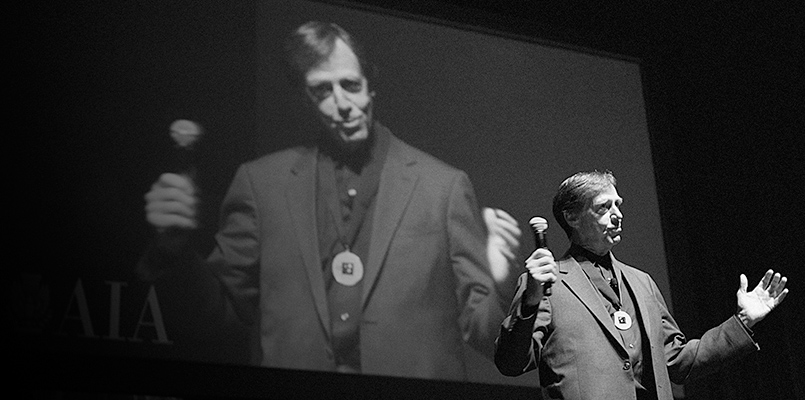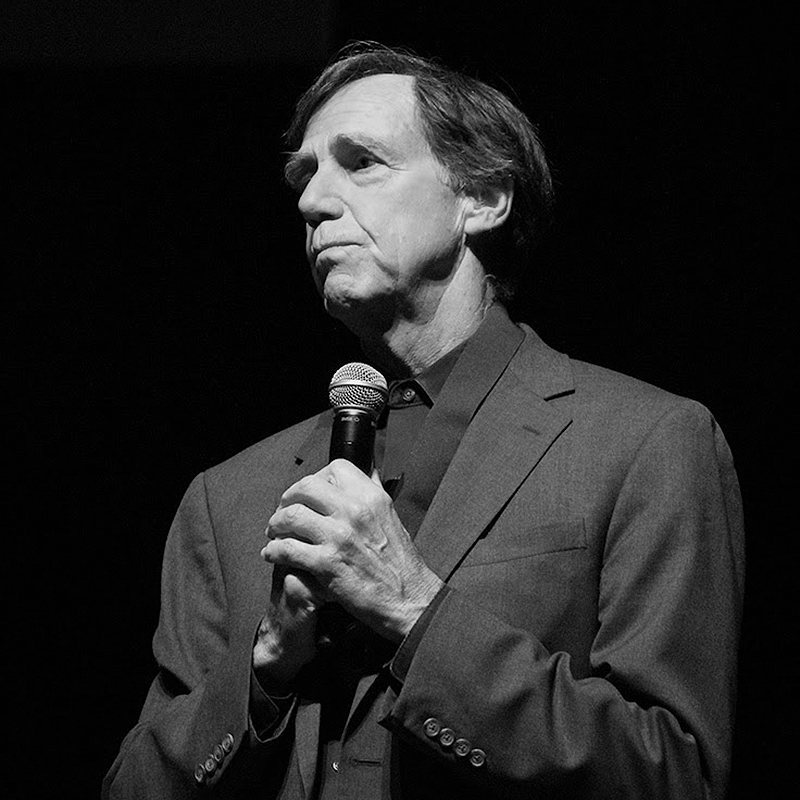Harrison Fraker
March 7, 2016
HARRISON FRAKER
The roots of architect Harrison Fraker’s distinguished career lie in the US energy and environmental crises of the 1960s and 1970s. A key figure in the development of US environmental design, Fraker founded the University of Minnesota’s architecture school, and more recently, served as dean of the University of California, Berkeley’s College of Environmental Design (1996–2008) and the chair of Berkeley’s Energy and Resources Group (2012–). In 2014, he was awarded the American Institute of Architects’ (AIA) Topaz Medallion, given to recognise the top educator in American architecture each year. FuturArc’s US correspondent Jalel Sager caught up with him in Berkeley.
JS: I would like to ask you first about your goals as a young architect and how the Center for Environmental Studies at Princeton, which I understand you helped set up around 1972, came about.
HF: All of us were heavily influenced by Rachel Carson and the first Earth Day, the photograph of Earth from space, realising for the first time that we really had a responsibility for our impact on the globe—and, of course, that was dramatically underscored with the first oil embargo. From an educational standpoint, I was fortunate—both as a freshman and as a sophomore at Princeton in 1960 and 1961—to have been taught by Victor Olgyay, who wrote the book Design with Climate. So all of these things seemed to coalesce and at the same time [physicist and now head of the Carbon Mitigation initiative at Princeton] Robert Socolow came from Yale and was interested in the way the country used energy. He was shocked to realise that if you talked to engineers at the time, they did not know anything about the energy flows in residential construction. They knew how to size heating and air-conditioning equipment to handle the peak load—exactly how much got consumed in delivery and comfort, they did not have a clue. Nobody had monitored or instrumented that. So one of the first projects in this area to be taken up by the Center for Environmental Studies was to instrument performance in a housing project outside of Princeton. We had 100 data points in three different houses to make sure we were getting reasonable data. The measurement techniques were quite crude in comparison to what they are today.

JS: I want to transition to some of your later work. It is clear to me from my work in Vietnam that sustainable building needs to be done at a larger unit size than the individual in order to be effective. This seems to be a thread in your work as well. I want to speak a bit about the Tianjin project, how it came about and some of the key early lessons.
HF: At the time, we were all participating in the passive solar conferences. Peter Calthorpe gave this amazing paper which he called the ‘Solar Shadow’, where he showed that you could have an aggressive energy-conserving passive solar house in the suburbs and a leaky, low-performing building in the city and that would, on a full-energy basis, be more effective because people are walking and using public transit as opposed to car trips [in the suburbs].
So we knew from the very beginning that transit-oriented development was a critical concept to reduce the energy and carbon footprint. We had been invited by Tianjin planning office to design transit-oriented neighbourhoods around the brand new light rail system. In the process, because these were very high-density neighbourhoods, I asked, “Let us see how close we could get to completely eliminating the energy consumption and greatly improving the water thing.” This is where we came up with the EcoBlock idea (see sidebar).
So if you did good conservation in passive solar, you could get the heating load way down. If you did good shading, you could have almost no air-conditioning load. Because these buildings are in townhouses or in high-rises, the heat loss is very low; these are very effective strategies. We tried to get a sense of how much energy you could get out of organic garbage and Green waste from gardens and sludge from sewage. Interestingly, we realised that it could make up the difference, which was a revelation. So we went to the Moore Foundation and said, “You know, look, this EcoBlock thing could completely change the energy and carbon footprint of all these super block developments in China.”
And they said, “Well, here is the money. Let us see if you can get one of these things built.” So that was way back in, I think, 2005 or 2006. I have been trying to do it ever since. We thought that in China, with the top-down centralised government, all they have to say is, “Do it,” and they will do it. Not true.
There is so much corruption at the local level and everybody is making so much money using the centralised models of coal-fired power plants and water treatment plants. There is no incentive to try to achieve zero energy or zero carbon—at least at the time there was not. So they would always say, “We are going to do it. Come over.” We worked on one whole neighbourhood and it was only going to add 10 percent for the first cost and pay back in an 8- to 10-year period. They did not want any part of it.
To read the complete article, get your hardcopy at our online shop/newsstands/major bookstores; subscribe to FuturArc or download the FuturArc App to read the issues!
Previously Published FuturArc Interview
Contact us at https://www.futurarc.com/contact-us for older interviews.


